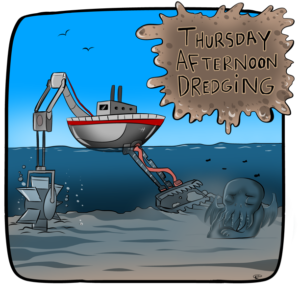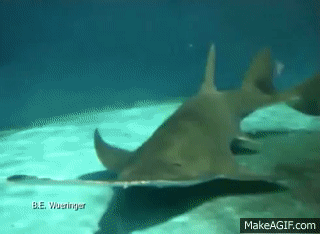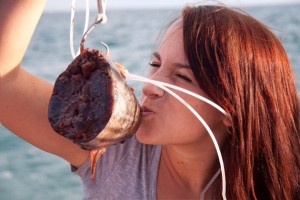Cuttings (short and sweet):
- Watch this incredible footage from Blue Planet 2!

- Follow Annmarie Fearing, a graduate student researching sawfish conservation, on twitter!
- Lobster found with Pepsi logo fuels fears over ocean litter. By Ashifa Kassam, for the Guardian.





